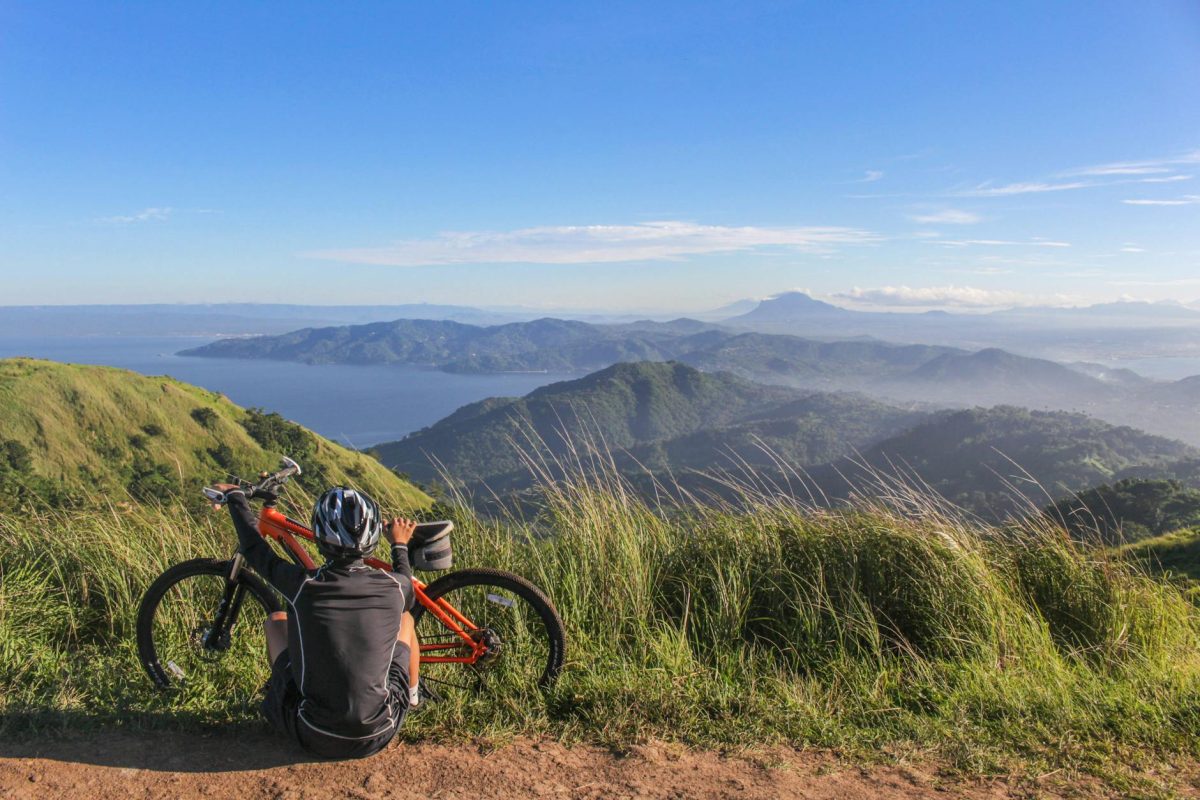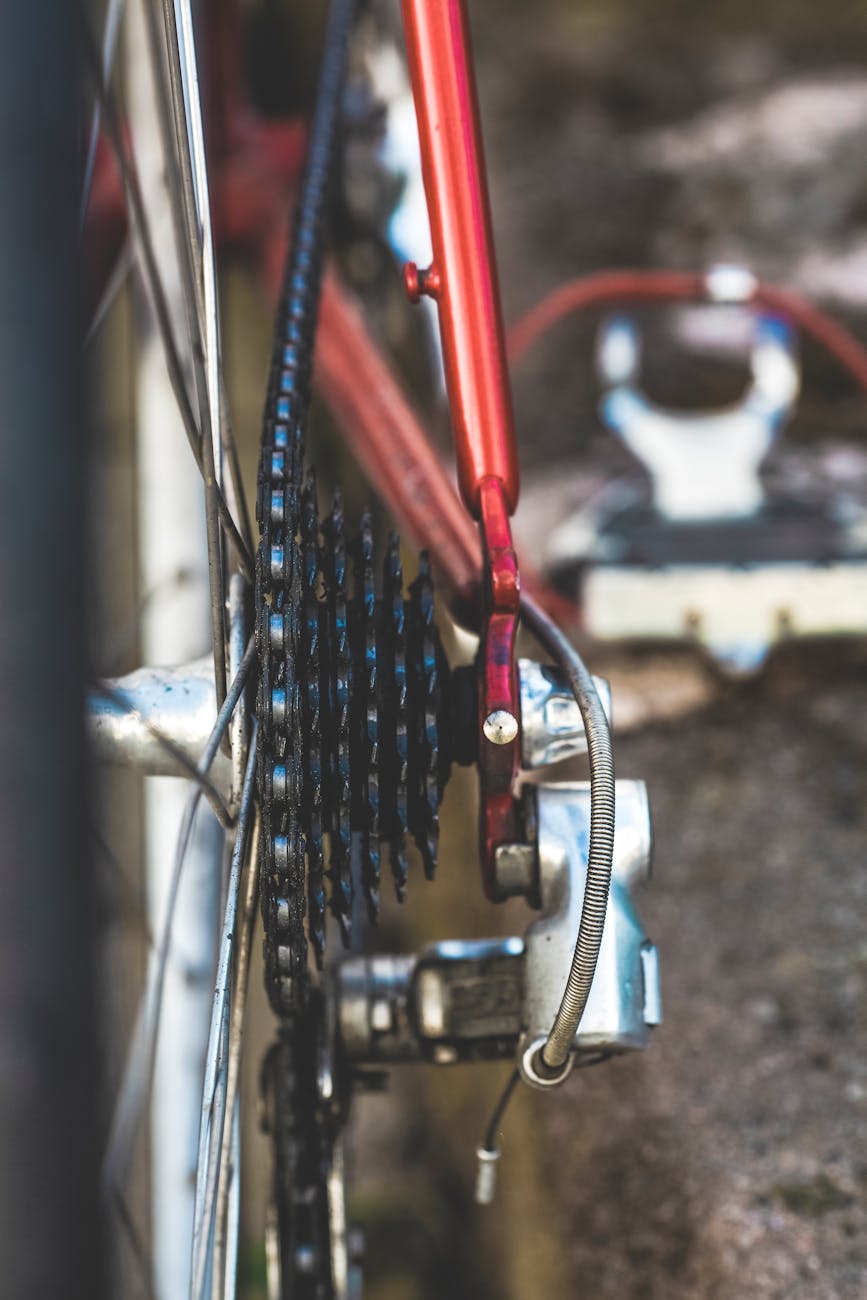Hybrid Bike: Best Versatility for City and Trails
Hybrid bikes have gained immense popularity in recent years for their versatility in various terrains, offering a perfect blend between a road bike’s speed and efficiency and a mountain bike’s durability and off-road capabilities. Whether you are commuting through the city streets or exploring rugged trails in the great outdoors, a hybrid bike is the ideal choice for a versatile riding experience.
What Makes Hybrid Bikes Ideal for City and Trails?
The beauty of hybrid bikes lies in their design, which combines the best features of road and mountain bikes. With a hybrid bike, you get the lightweight frame and thin tires of a road bike, allowing you to effortlessly glide through urban environments with speed and efficiency. At the same time, the wider tires and sturdy frame of a hybrid bike provide the stability and durability needed to handle gravel paths, dirt trails, and uneven terrain.
City Commuting with a Hybrid Bike
One of the primary advantages of owning a hybrid bike is its suitability for city commuting. The nimble design and ergonomic riding position make it easy to navigate through busy streets, traffic, and tight spaces. The efficient gearing system ensures a smooth ride, whether you are cruising along flat roads or conquering uphill climbs. Hybrid bikes also often come equipped with racks and fenders, allowing you to carry your essentials and ride comfortably in any weather conditions.
Trail Exploration on a Hybrid Bike
When it comes to exploring trails and off-road paths, hybrid bikes truly shine. The wider tires and suspension forks provide enhanced traction and shock absorption, allowing you to tackle gravel, mud, and rocky terrains with ease. Whether you are a beginner looking to venture into light trail riding or an experienced cyclist seeking new challenges, a hybrid bike offers the versatility and performance needed to enjoy the great outdoors to the fullest.
Choosing the Right Hybrid Bike for Your Needs
When selecting a hybrid bike for city commuting and trail riding, consider factors such as frame material, tire size, gearing system, and suspension options. Aluminum frames are lightweight and durable, making them a popular choice for hybrid bikes. Opt for wider tires for better stability and grip on rough surfaces, and choose a gearing system that suits your riding style and the terrain you will be traversing.
Conclusion
In conclusion, a hybrid bike is the perfect choice for cyclists who seek versatility and adaptability in their riding experience. Whether you are navigating the bustling streets of the city or exploring scenic trails in nature, a hybrid bike offers the best of both worlds in terms of speed, comfort, and performance. With the right hybrid bike tailored to your needs, you can enjoy the freedom to ride anywhere with confidence and style. Experience the ultimate blend of city convenience and trail-ready capabilities with a hybrid bike – your gateway to endless cycling adventures.









